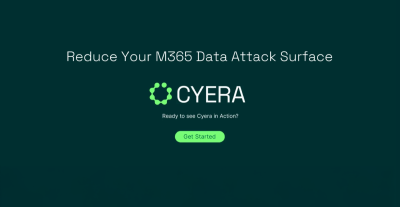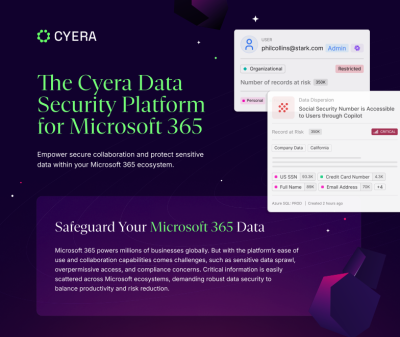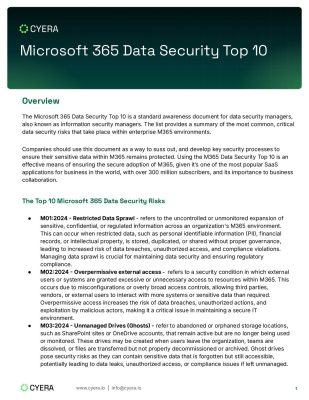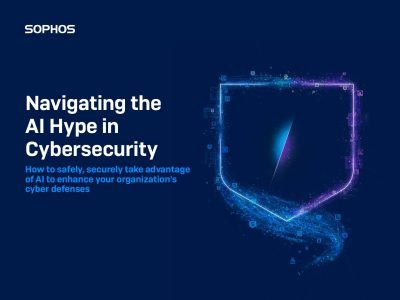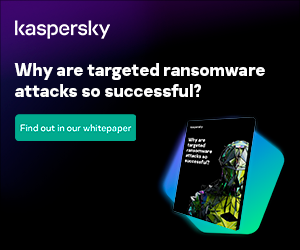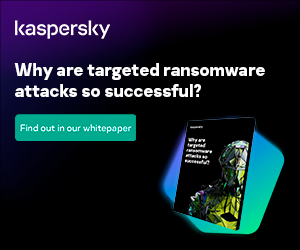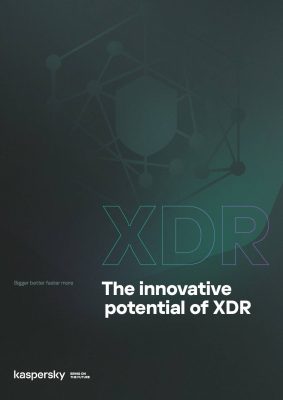Highlights:
- Linx Security claims that its platform can greatly minimize the effort needed to identify and eliminate unused or risky employee accounts.
- Linx states that its algorithms can automatically identify and map out accounts that should be removed because the employee associated with them has left the company.
Recently, a startup dedicated to securing enterprise employee application accounts, Linx Security Inc., has secured USD 33 million in funding.
The Tel Aviv-based company raised capital over two rounds. Cyberstarts led the initial USD 6 million round and later co-lead a USD 27 million investment in Linx with Index Ventures. Other investors include Cerca Partners, Knollwood Investment Advisory, and several executives from the cybersecurity industry.
Unused employee accounts in business applications can present a cybersecurity risk. When an account is inactive, malicious login attempts are more likely to go unnoticed. The presence of numerous unused login credentials in a company’s technology environment increases the chances for hackers to exploit and launch cyberattacks.
Linx Security provides a software platform designed to help enterprises mitigate these risks. The company claims its platform can greatly reduce the effort required to identify and eliminate unused or risky employee accounts.
Israel Duanis, Co-founder and Chief Executive Officer of Linx Security, said, “Identity security is one of the urgent cybersecurity pain points organizations struggle to address in today’s fast-paced business environment.”
Linx identifies insecure accounts by gathering data on user access permissions from a company’s technology infrastructure. This data is collected agentlessly, so administrators don’t need to install any additional software. Once the raw technical information about potentially insecure accounts is collected, Linx organizes it into a consistent format for easy analysis.
The platform utilizes artificial intelligence to scan application accounts for cybersecurity risks. Linx claims its algorithms can automatically identify accounts to be removed when the associated employee has left the company. Additionally, the platform detects other issues, such as unnecessary accounts that belong to current employees but have never been used.
Linx visualizes identified issues in a dashboard to help administrators prioritize their work. The dashboard shows the number of risks detected, ranks them by severity, and lists the affected systems. Administrators can also view related information, such as the number of applications Linx has scanned for account-related cybersecurity issues.
The company claims that its platform can identify vulnerabilities not just in employee accounts but also in service accounts—those used by applications to interact with each other. For instance, a revenue forecasting tool might use a service account to access and analyze purchase logs from a marketing database.
Linx reports that several large organizations adopted its platform prior to the recent official launch. The company’s installed base includes clients across various sectors, such as technology, financial services, real estate, and retail.
